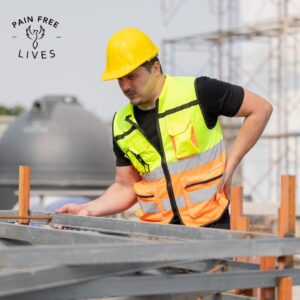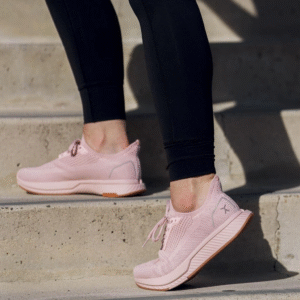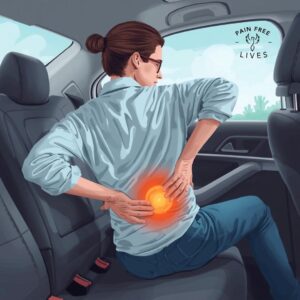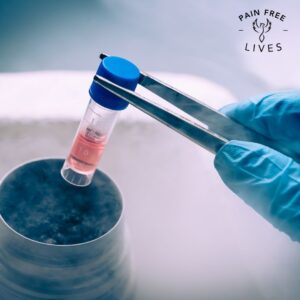
When people hear the word inflammation, they often imagine pain, swelling, and discomfort, something to fight off at all costs. But inflammation is far more complex. It is both a protector and a troublemaker, a natural response that can speed up healing in some cases while prolonging pain and damage in others. At Pain Free Lives, we believe understanding this paradox is key to managing pain effectively and making informed choices about your health.
The Protective Side of Inflammation
At its core, inflammation is your body’s first line of defense. When you sprain an ankle or strain your back, your immune system immediately goes into action. White blood cells rush to the site of injury, releasing chemicals that increase blood flow and attract healing factors. The swelling, heat, and pain you feel aren’t simply signs of damage; they are signals that the body is actively working to repair itself. This built-in alarm system forces you to slow down and protect the injured area, allowing tissue repair to begin. In this sense, inflammation is essential; without it, wounds would linger, infections could spread, and healing would stall before it even started.
When Inflammation Turns Against You
The problem arises when inflammation doesn’t switch off. In some cases, the immune system continues to behave as if the body is under attack long after the initial injury has healed. Instead of supporting recovery, the same processes that once protected now begin to harm. Chronic inflammation wears down tissue, irritates joints, and keeps pain receptors activated, creating a relentless cycle of discomfort. This explains why conditions like arthritis or long-standing back pain can persist even when there is no fresh injury to be found. Over time, inflammation shifts from being the body’s ally to becoming a silent saboteur of health.
The Dual Role in Sports and Recovery
Athletes, in particular, live at the crossroads of this paradox. After a challenging workout, inflammation is a natural response that helps muscles adapt and grow stronger. A sore knee after a marathon or swelling in a shoulder after intense training often reflects progress rather than damage. Yet when the body endures repeated stress and the inflammation lingers, it can erode joint health and shorten athletic careers. The very mechanism that signals growth can, over time, trigger degeneration. This is why athletes increasingly turn to advanced therapies like Platelet-Rich Plasma (PRP) and Bone Marrow Aspirate Concentrate (BMAC), which not only stimulate healing but also regulate inflammation, encouraging it to serve its purpose without overstaying its welcome.
Everyday Triggers That Fuel Inflammation
While injury is the most obvious trigger, many forms of chronic inflammation come not from sudden accidents but from daily life. Poor dietary choices, such as excessive sugar and processed foods, can keep the immune system in a constant state of alert. Stress, often underestimated, fuels the production of hormones that intensify inflammatory responses. Lack of sleep deprives the body of its natural reset period, making it harder to turn off these responses, while a sedentary lifestyle allows stiffness and inflammatory markers to accumulate in the bloodstream. In this way, inflammation becomes less about protecting against injury and more about reflecting an imbalance in how we live.
Harnessing Inflammation for Better Health
Rather than labeling inflammation as simply good or bad, it is more accurate to see it as a powerful force that must be balanced. At Pain Free Lives, this philosophy guides our approach to care. Through targeted medical treatments, including regenerative therapies and interventional techniques, we aim to reduce harmful inflammation without completely silencing the healing benefits it provides. At the same time, we encourage patients to make lifestyle adjustments that reduce unnecessary inflammatory triggers, from improving sleep and nutrition to incorporating more movement and stress management practices into daily routines. Healing, after all, is not just about what happens in the clinic but also about the choices made every day.
The Takeaway: Balance Is Everything
Inflammation is neither hero nor villain; it is both. In the short term, it allows the body to heal and rebuild. Left unchecked, however, it becomes a driver of pain, degeneration, and chronic disease. The challenge is not to eliminate inflammation but to manage it in a way that supports recovery without tipping into harm. At Pain Free Lives, we help patients navigate this delicate balance every day. With innovative treatments, compassionate care, and holistic strategies, our goal is to transform inflammation from a foe into a trusted ally on the path to long-term wellness.
Managing inflammation doesn’t just happen in the clinic—it begins at home. Tools like ergonomic seat cushions, supportive pillows, and home massagers amazon.com/shop/painfreelives can help ease pressure on joints, calm irritation, and complement professional treatments. These everyday solutions make it easier to keep inflammation in check while your body focuses on recovery.







